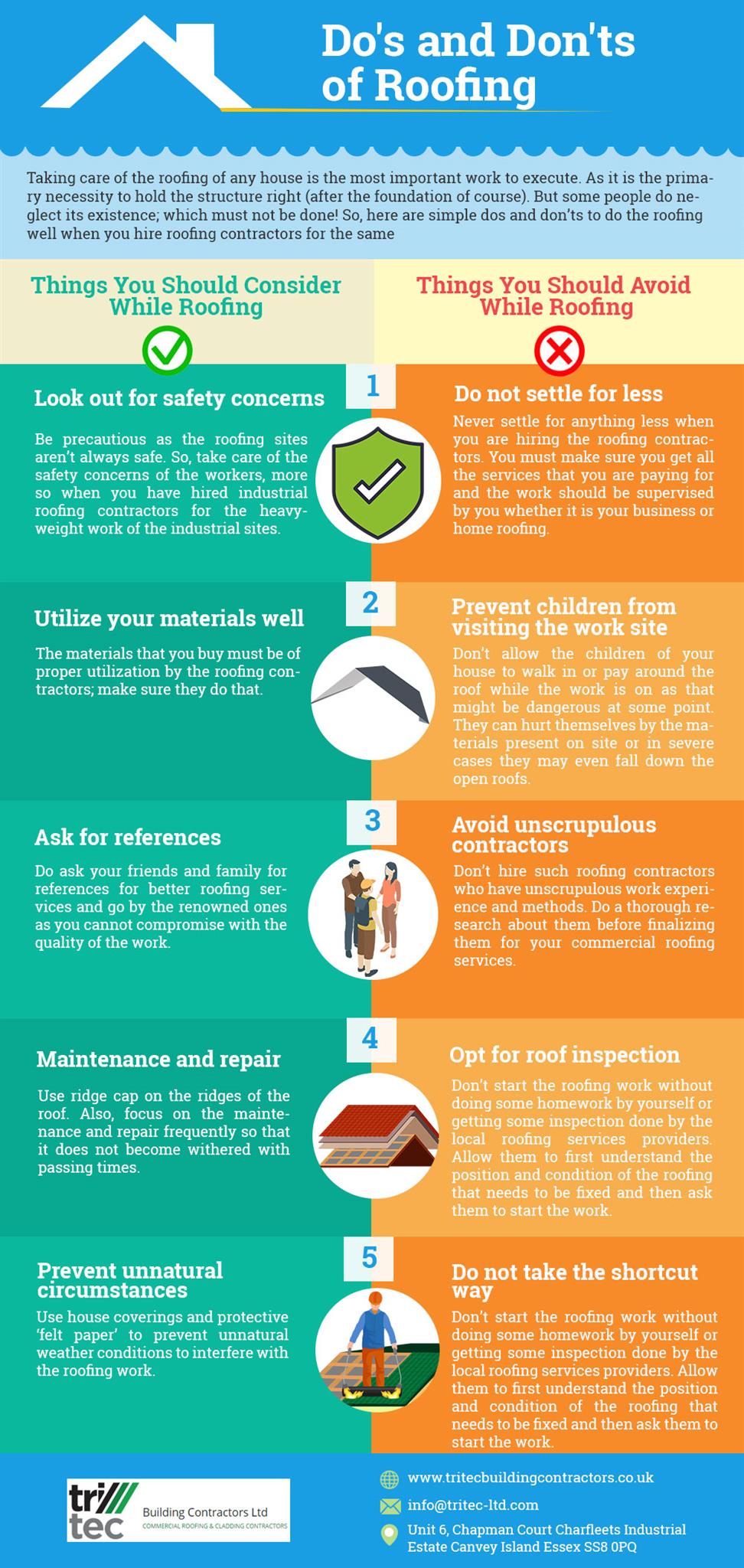Common Roof Installment Blunders And Just How To Prevent Them
Common Roof Installment Blunders And Just How To Prevent Them
Blog Article
Uploaded By-Yang Snow
When you're preparing a roofing system installment, it's very easy to forget important details that can bring about substantial troubles down the line. You could be attracted to cut edges on product choice or avoid correct blinking installation, however these usual errors can result in costly repairs later on. Comprehending the significance of air flow and sticking to local building codes is important for an effective job. So, what are the key steps you should take to guarantee your roof covering stands the test of time? Let's explore some reliable strategies to prevent these pitfalls.
Poor Material Choice
When it pertains to roof covering setup, picking the wrong products can result in expensive troubles down the line. You might think that any type of roof covering material will do, however that's a typical mistaken belief. It's vital to select materials that suit your regional climate and the certain requirements of your home.
As an example, if you stay in an area with hefty rainfall or snow, going with asphalt shingles might not be the best choice. Rather, think about more long lasting choices like steel or slate.
In addition, pay attention to the top quality of the products you're considering. Affordable materials could conserve you cash upfront, but they frequently lack durability and can cause constant fixings or substitutes.
You should likewise consider the style of your home and make sure the products you pick will certainly maintain its visual charm.
Ultimately, do not forget to consult with professionals. They can provide beneficial insights and recommend materials that adhere to regional building codes.
Investing time in proper product choice currently can help you avoid frustrations and costs in the future, making your roof covering job a success.
Inadequate Flashing Installation
Choosing the ideal materials isn't the only factor that can bring about roof troubles; poor flashing installation can additionally create substantial concerns. Flashing is critical for guiding water far from prone areas, such as smokeshafts, skylights, and roof valleys. If https://www.bendbulletin.com/localstate/crimeandjustice/oregon-osha-cites-bend-builder-for-safety-violations-in-roofers-death/article_479673dc-77b8-11eb-9857-4bc0149b689a.html 's not set up properly, you risk water intrusion, which can bring about mold development and structural damage.
When you mount flashing, guarantee it's the best type for your roof covering's layout and the local environment. For example, metal blinking is typically a lot more resilient than plastic in areas with hefty rain or snow. Ensure the flashing overlaps appropriately and is secured firmly to prevent gaps where water can leak through.
You must likewise take note of the installment angle. Flashing ought to be placed to direct water away from your home, not toward it.
If you're uncertain about the setup process or the materials needed, seek advice from a specialist. remodelers san antonio can help determine the best blinking choices and make sure whatever is installed appropriately, securing your home from potential water damages.
Taking these actions can save you time, cash, and migraines later on.
Neglecting Ventilation Needs
While lots of property owners concentrate on the aesthetic and structural aspects of roof setup, neglecting air flow requirements can lead to severe long-term effects. Appropriate air flow is necessary for controling temperature and dampness levels in your attic, avoiding problems like mold development, timber rot, and ice dams. If you don't set up sufficient air flow, you're setting your roof covering up for failure.
To avoid this error, first, assess your home's specific ventilation needs. A balanced system usually includes both intake and exhaust vents to promote air flow. Ensure you've set up soffit vents along the eaves and ridge vents at the height of your roofing system. This combination allows hot air to get away while cooler air gets in, maintaining your attic space comfy.
Also, consider the type of roofing product you have actually picked. Some products may need additional air flow strategies. Verify your local building ordinance for ventilation guidelines, as they can vary substantially.
Lastly, don't forget to check your ventilation system on a regular basis. Blockages from particles or insulation can hinder air movement, so maintain those vents clear.
Conclusion
Finally, preventing usual roof covering setup blunders is vital to guaranteeing your roof's longevity and performance. By selecting the appropriate materials for your climate, installing blinking effectively, and dealing with air flow demands, you can prevent costly issues in the future. Do not neglect to acquaint on your own with neighborhood building ordinance and schedule normal examinations. With these steps, you'll appreciate a secure, sturdy roofing system that shields your home for many years to find. Pleased roof!
